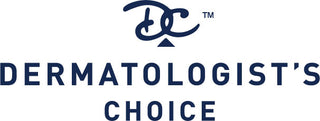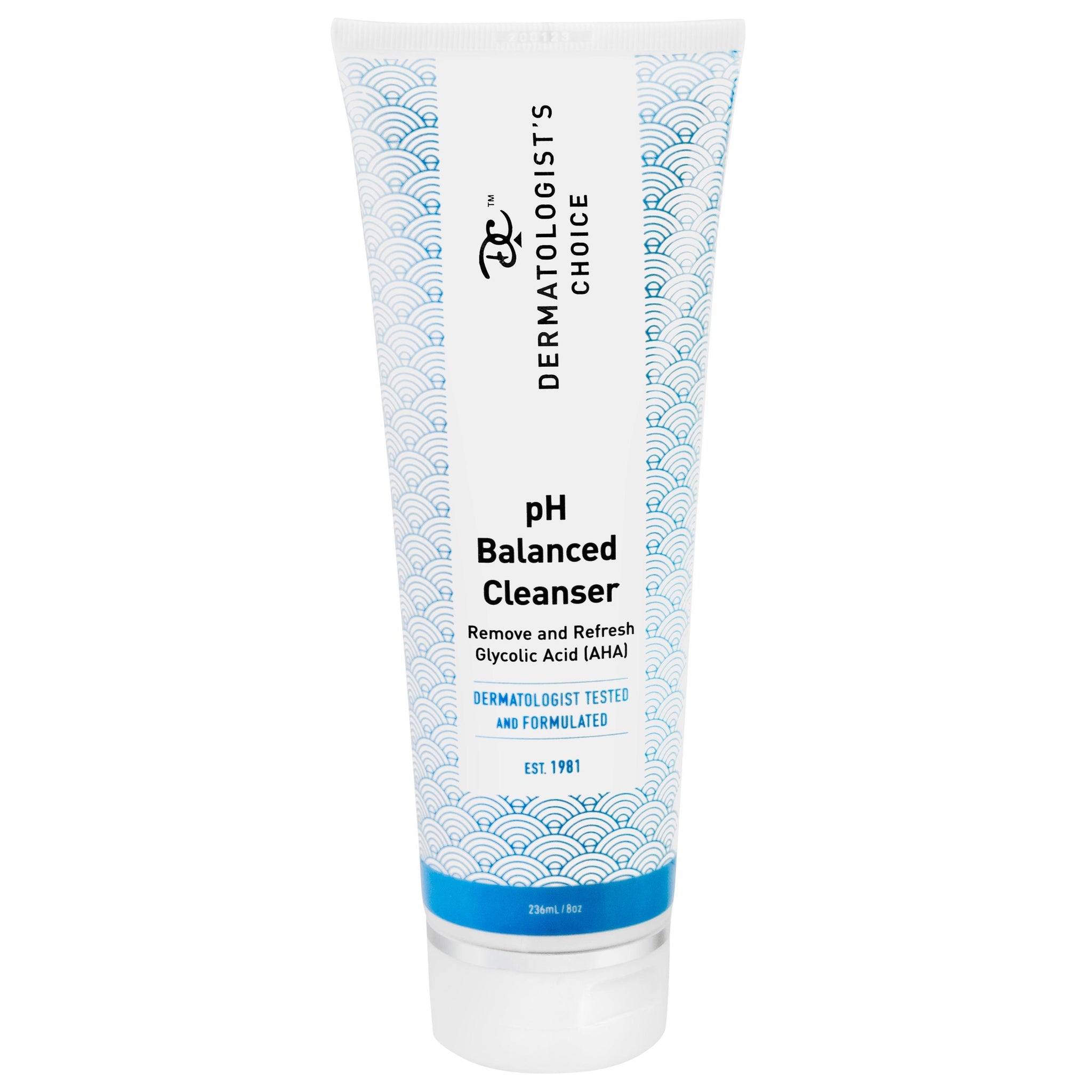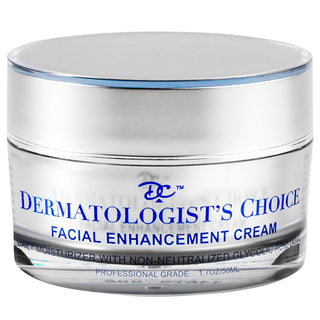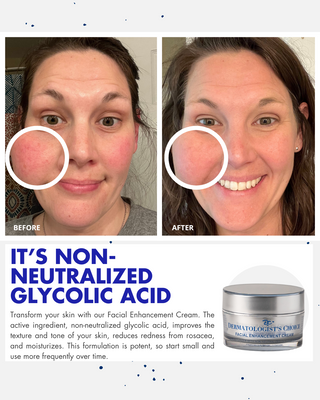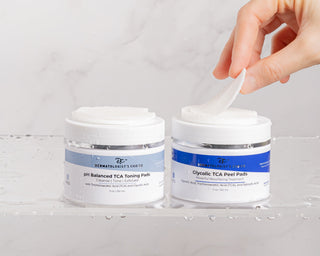Glycolic acid: A popular AHA used in skincare
Here’s What You Need To Know About Glycolic Acid
Glycolic acid (GA) is an alpha hydroxy acid (AHA) derived from sugar cane. This chemical compound is widely used as a skin-renewal agent and an exfoliant in the cosmetic industry.
It has been used in dermatologist skincare products for acne, acne scars, melasma, postinflammatory hyperpigmentation, aging, and seborrhea.
Because of its natural origin, it has the chemical ability to draw moisture to itself. This means glycolic acid can add moisture to your freshly exfoliated skin while helping you smoothen wrinkles and fine lines, improve tone and texture, and help boost hydration levels.
Keep in mind that there’s a lot to consider about glycolic acids. You must know how to use it properly and if it’s suitable for your skin. If you’re interested in this miracle skincare ingredient, keep reading to find out more.
How long does it take for glycolic acid to fade scars?
If you’re dealing with scars, you have different options to eliminate their bump and discoloration. One of the best ways is to use glycolic acid.
Studies have proven that GA has the power to fade acne scars and reveal healthy-looking skin. Because it is a super exfoliant, it can erase those unwanted scars on the surface, as well as improve your skin’s underlying condition.
When applied to a scar, glycolic acid has been found to improve its appearance.
What happens if you leave glycolic acid on too long?
Short answer, glycolic is not harmful to leave on. It is not necessary to wash off glycolic acid after application. If tingling, stinging, or redness occurs apply a lotion to sooth the skin. The tingling is a sign the glycolic acid is traveling deep into the skin. This is the best outcome for the most effective treatment. It is suggested to use dermatologist-recommended skincare products with GA at night. Using them in the morning may make your skin more sensitive to the sun’s UV rays. It is always good practice to wear sunscreen during the day to protect your skin.
At first, use a small amount for your entire face. Too much glycolic acid can cause irritation. Glycolic can make the skin red and irritated if the skin has a low tolerance. This can happen by using skincare products with extremely high GA concentration or using glycolic more often than your skin will tolerate.
To reduce irritation and redness, apply glycolic once a week to start. Add a day every three weeks as skin increases tolerance. If the irritation gets worse, it is best to seek medical attention or give your skin a rest for few days.

Does glycolic acid get rid of dark spots?
Hyperpigmentation or dark spots are difficult to remove fully, and while they may fade over time, they usually remain visible.
But this doesn't mean you have to wait forever in hopes that your dark spots will fade.
There are professional skincare products, especially those with glycolic acid, you can try to get rid of them quickly.
Glycolic acid can suppress melanin production, which may be the reason it's beneficial for reducing dark spots. The hyperpigmentation caused by a chemical peel should naturally fade within a few months, but it's best to discuss it with your dermatologist.
Do dermatologists recommend glycolic acid?
Here’s why dermatologists recommend using professional skincare products with Glycolic Acid.
- Reduces fine lines and wrinkles
- Minimizes the appearance of pores
- Fights acne
- Removes dead skin cells
- Evens skin tone
So if you’re ready, shed those dead skin cells with these Dr. Richard Bottiglione approved products.
Why non-neutralized glycolic acid? Dermatologist's Choice Video on YouTube
